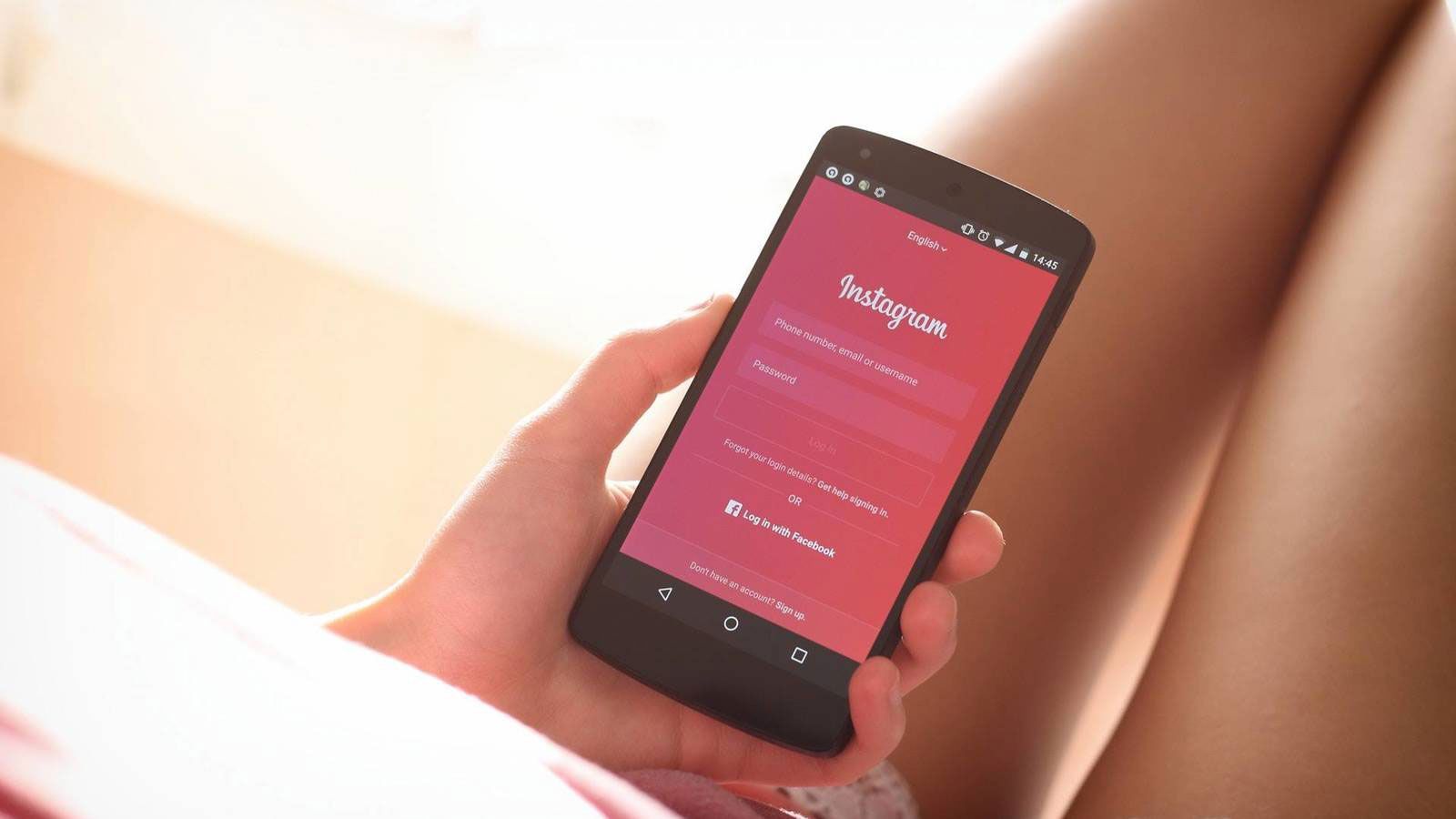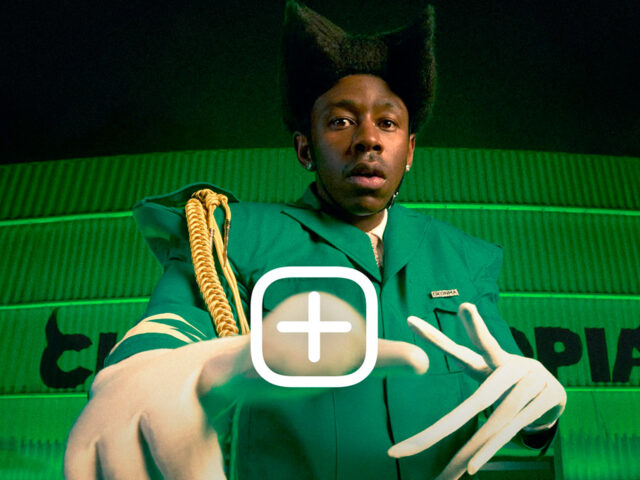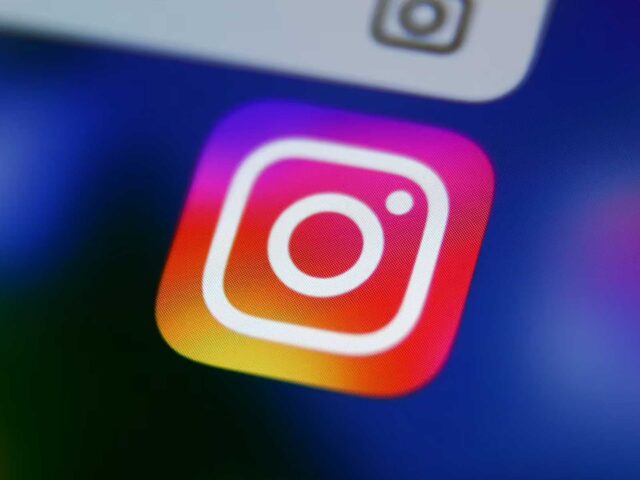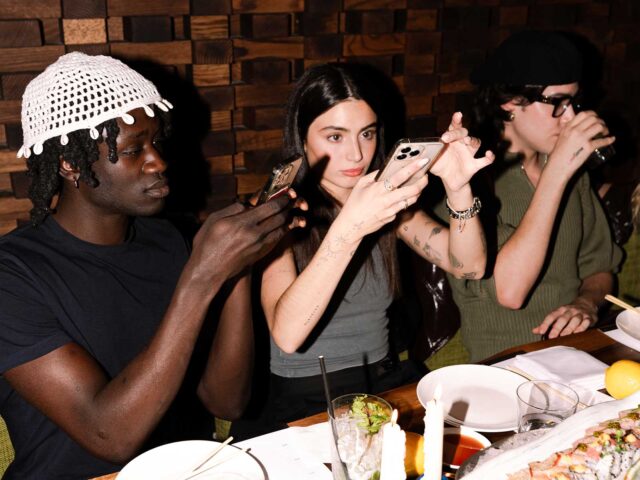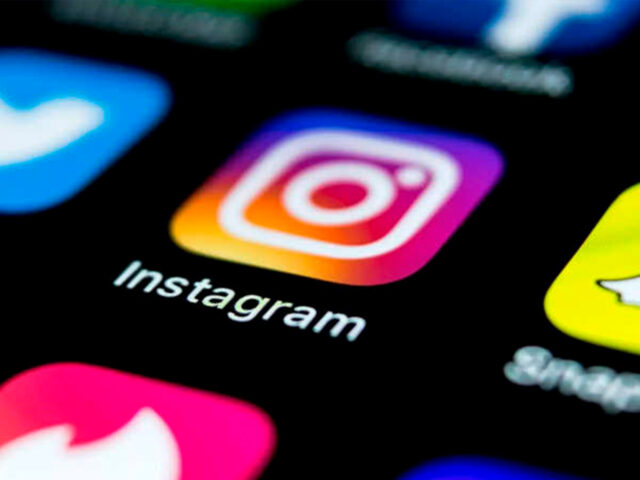Instagram has radically transformed the way in which trends are created and has replaced printed magazines as the main method within the public is informed about fashion. In this way, a true empire has been erected and the fashion industry has focused on it its main path of development and growth.
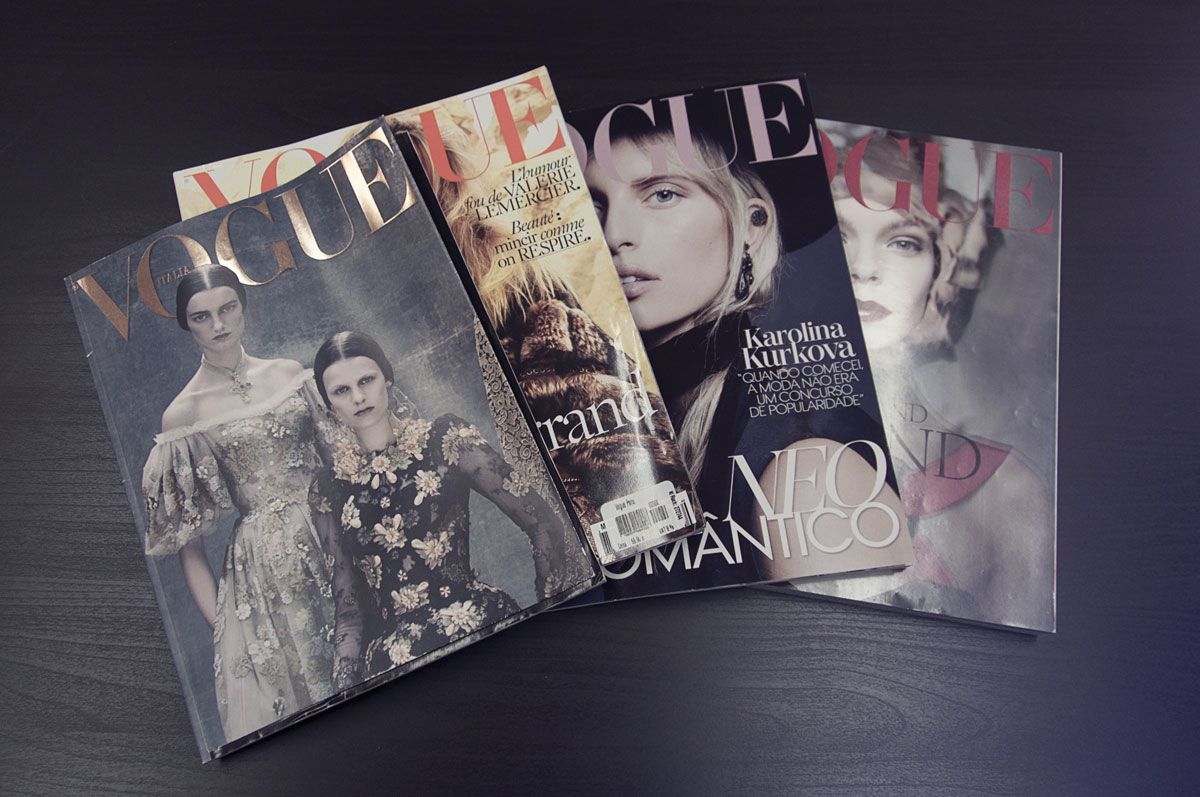
Technological development has changed the way people relate to brands, is informed of new trends and keeps up on fashion issues. Considering that 60% of millennials are only reported through mobile, brands have been forced to reinvent their marketing and advertising strategies to adapt them to the digital environment.
In just five years, Instagram has become the giant of the aesthetics industry. Today, for the brands, a good feedback on Instagram is as important as the opinion of the great critics of the industry. Just look at the statistics: more than 90% of the interactions of the signature messages in periods like fashion weeks is seen through Instagram. And like fashion has embraced Instagram, the application has done the same with the industry: within the application, the world of aesthetics is one of the spaces with more presence and engagement.
Considering the panorama, the brands create specific campaigns for Instagram, whose dynamics are similar to a fashion production, programming the type of photography, when it is published, under what title, what labels and what hashtags. A good example of the success of this strategy is Hawkers, which was the first Spanish company to use Instagram ads and today, a few years later, is one of the most promising. Since Instagram is a narrative environment, the brands have oriented their actions to a more visual aspect and with more story. Thus, parties, dinners and events organized by luxury firms have increased, events in which guests accumulate miles of followers and who are not able to resist sharing a photo of the moment.
We do not just talk about brands: as a method of survival, Vogue and other great fashion giants have packed their bags to move to the 2.0 environment. The magazine continues to publish on paper, but it would not be sustained without an online version and a continuously active social media account. Networks in general and in particular Instagram have gone from being a mere complement to websites and fashion blogs and being the main core on which they are described.
“Vogue and other great fashion giants have packed their bags to move to the 2.0 environment.”
The ease with which people can share semiprofessional photos based on filters and viralize their #ootd has been the driving factor of the birth of a new profession: the influencers. The most representative example is Chiara Ferragni (@chiaraferragni), who started with a fashion blog as a hobby and today has a millionaire empire and a consolidated position in the fashion industry. The queen of street style bills seven million a year.
Influencers are the new models to follow. The firms have set their sights on them to dress and transform into models of their own showcase. The key is that these new prototypes follow one of the main strategies of advertising: the sale of a lifestyle, not a simple garment. Sales of a product explode when an influence shares a photograph with that product in an inspirational context, such as a brunch at a restaurant or a party on the beach. It is about exploiting naturalness and eliminating the barrier of explicit advertising: it is not about a product, but an experience, a lifestyle.
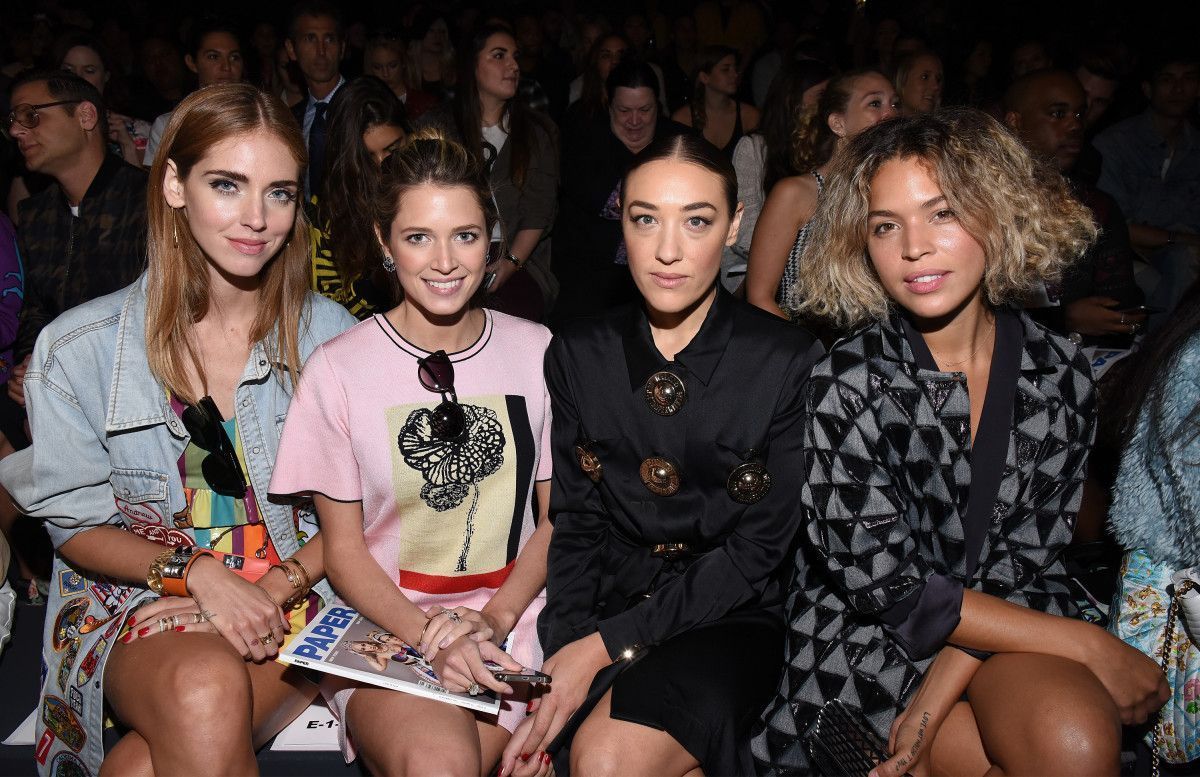
In this way, hyperconnection comes hand in hand with a new generation that has a completely different conception of the process of buying clothes. It is not about getting a particular item, but also about what it means to have that item, to identify with the style, the principles and the aesthetics of the brand. If the action with the influencer goes well, the garment can be exhausted in a matter of minutes. The risk of the image of the brand in another person does not seem so exorbitant seeing the potential results.
Discovered the gold mine, many firms have decided to almost completely migrate to Instagram and have established their showcase and catalog in the application. Everything would point that the bubble will burst, but the truth is that reality shows a brutal consistency in Instagram as a new fashion space. For brands and giants of the industry there is no longer the possibility of waiting for the Instagram boom to pass: it will have to adapt or die.
Sigue toda la información de HIGHXTAR desde Facebook, Twitter o Instagram
You may also like...
